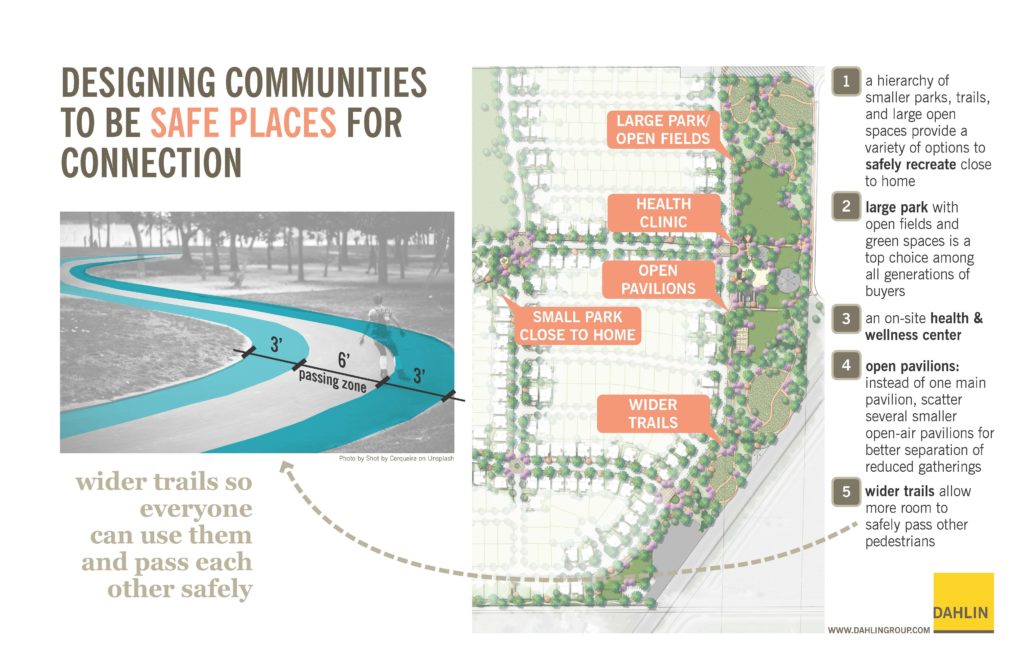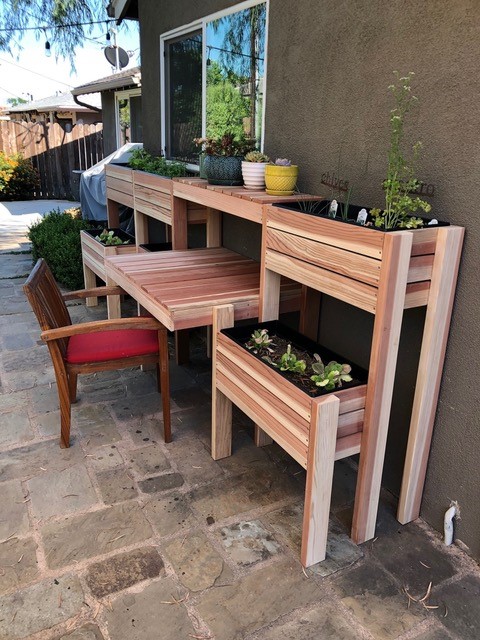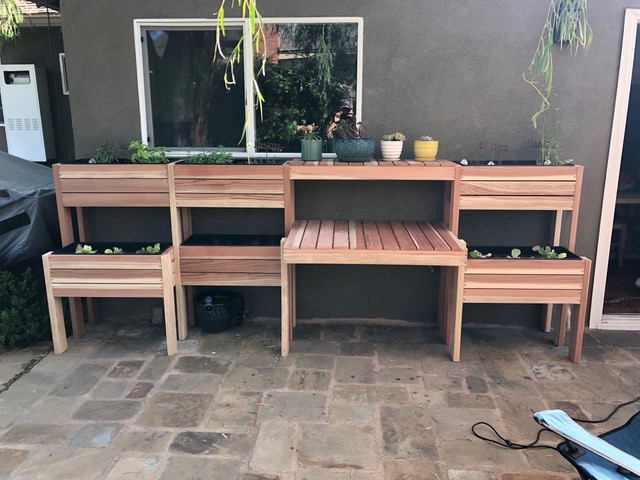By Teri Slavik-Tsuyuki
The experience of living “life from home” during the coronavirus pandemic has many Americans – both owners and renters – wanting to move sooner than previously planned. The America At Home Study conducted online April 23-30th of 3,001 US consumers 25 to 74 years of age with household incomes of $50,000 plus revealed changes some Americans have already made in their homes and what that means for future home design. Consistent with the strong pace of sales reported by home builders through June and July, the study found evidence of pent-up potential new housing demand.
According to those surveyed, 4 percent of current homeowners say COVID-19 has moved up their plans to move – representing potential new housing demand of 2.1 million households. And 46 percent of renters asked are now more inclined to want to buy a home as a result of COVID-19 – representing potential new housing demand of 7.4 million households. Understanding what “home” means today, and how that impacts future new home design will be key to meeting this potential new demand.
The study was fielded in mid-April after the majority of the nation had been under stay-at-home orders for many weeks and included questions about changes already made to homes as a result of living life from home. Fully 92 percent of those surveyed had made one or more change to their homes, indicating various levels of dissatisfaction. Paying attention to those behaviors provides clues about new home design opportunities post-pandemic.
What Current Owners Want in their Next Home and Are Willing To Pay For
Millennial and Gen X homeowners are the most motivated to buy a different home, and they’ve already made the most changes to their current homes. According to the survey, three motivating factors rise above all others as reasons to buy for these groups: health and wellness, technology and energy efficiency, and specific space needs.
“Disinfecting things more” is the top behavioral change made related to health and wellness, with 68 percent of Millennial homeowners and 74 percent of Gen X homeowners saying this is their new normal. And when asked what they were missing in their current home that they’d be willing to pay for in their next one, health and wellness-related factors topped the list:
- Germ-resistant countertops and flooring (60 percent Millennials, 78 percent Gen X)
- Washing area off the mudroom or entry (59 percent Millennials, 80 percent Gen X)
- Sanitized garbage and recycling area (58 percent Millennials, 76 percent Gen X)
- Touchless entry to the home (51 percent Millennials, 70 percent Gen X)

The realities of working and schooling from home have put a strain on both home technology and use of space. Fully 63 percent of Millennials and 73 percent of Gen X current homeowners surveyed have upgraded their technology. And if working from home becomes a lasting change, new floorplans that offer some form of permanently flexible space will be in high demand. Starting next month, the team behind the study is collaborating to plan and design a concept home based on the survey’s findings, that will be built by Raleigh-based Garman Homes. Movable walls, outdoor spaces that can accommodate home offices and family entertaining and spaces in the garage that can be converted for different purposes are all elements being considered.
Both Millennials and Gen X owners said they were “using rooms for combined purposes such as home office, kids schooling, exercise, sewing, art” in significant numbers. This translaties into new home design opportunities for home office spaces – both better ones (60 percent of Millennials) and options for more than one home office space (80 percent of Gen X) – and for kitchens that are not just showpieces but are better equipped for cooking and storage.
What Impact Does COVID-19 Have On Preferred Community Amenities?
Both the home and the community are key influencers when deciding where to buy. For current homeowners, the community lifestyle and access to neighborhood amenities have taken on even greater importance as stay-at-home orders in many states cut off access to other public spaces. By now most of us have experienced examples of cul-de-sac happy hours, neighborhood check-ins, garages turned into home gyms or fitness spaces, and more people walking and biking than ever.

If home equals “a safe place” as 91 percent of those surveyed responded, then it’s no surprise that concerns about safety and hygiene are impacting community amenity preferences as well. When asked to rank which community amenities were very important and would influence their decision to buy, a “controlled environment for safety, sanitation and maintenance” was at the top of the list for homeowners motivated to buy a new home, and “clubhouse/gathering spaces” was at the bottom. Survey results indicate the top-ranked amenity preferences for current homeowners more motivated to buy a new home as a result of COVID-19:
- Controlled environment for safety, sanitation and maintenance: 72 percent of respondents
- Trails: 60 percent
- Large park with open fields and green space: 58 percent
- Pool with access limited to a smaller number of people at a time: 56 percent
- Health/wellness clinic in the community: 55 percent
- Healthcare or access to tele-health through HOA fees: 52 percent
- Picnic, BBQ areas, open pavilion: 50 percent
- Dog park: 50 percent
Earlier pandemics have brought lasting changes in both floorplans and materials used in the home, including built-in closets and white subway tile. There’s reason to believe the impacts of COVID-19 will leave lasting changes on both home and community design. The America At Home Study will be repeated in the fall to either refute or confirm whether these new preferences will stick long-term. The concept home will go even further, taking the insights off the page and beyond just data, to an actual physical home where the learning can continue.
Teri Slavik-Tsuyuki is the principal of tst ink, bringing a customer-focused “how might we?” approach to creating communities and brands that connect and engage with how people want to live their lives.



